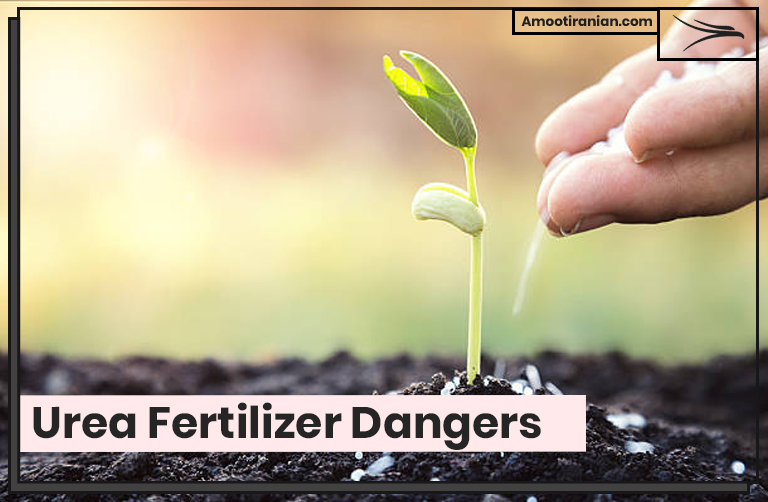What Are The Hazards of Urea?
Urea fertilizer has no danger in normal conditions and is not categorized as dangerous goods. However, it is helpful to keep the following points in mind to avoid any possible danger to health.
Urea can be harmful to the body if it is ingested, inhaled, or comes into contact with the skin or eyes.
How Is Urea Harmful To The Body?
- In case of temperature increase, Urea fertilizer may change to carbon dioxide and ammonia and if burnt, it makes a little nitrogen oxide which is a toxic gas.
- Touching Urea fertilizer may be harmful to human eyes. If Urea reaches the eyes, it makes them red and irritated but does not hurt the main part of the eye.
- Skin may become itchy and irritated if you touch urea.
- Urea may cause irritation in the nose and throat and cause respiratory problems.
- If you eat urea, it causes the digestive system discomfort and usually makes nausea and vomiting.
It is important to handle urea with care and take the necessary safety precautions to avoid harm. If you experience any symptoms of urea exposure, seek medical attention immediately.
Urea Safety Precautions
Urea is a commonly used fertilizer that can cause harm if handled improperly. To avoid injury or harm when using urea, it is important to take the following safety precautions:
- Wear protective clothing: gloves, long-sleeved shirts, long pants, and eye protection.
- Avoid skin contact: Wash hands and exposed skin thoroughly after handling urea.
- Avoid inhalation: Avoid breathing in dust or spray mist when handling urea.
- Store safely: Store urea in a cool, dry, and well-ventilated area, away from heat sources, sparks, and open flames.
- Keep out of reach of children and pets.
- Use only in well-ventilated areas.
- Follow label instructions: Always read and follow the label instructions and precautions when using urea.
By taking these precautions, you can minimize the risk of injury or harm when using urea

How Does Urea Affect The Environment?
Urea, when used improperly or in excess, can have harmful effects on the environment. Some of the ways in which urea can be harmful to the environment are:
- Water pollution: Urea can run off into nearby waterways, contaminating water sources and affecting aquatic life.
- Soil degradation: Overuse of urea can lead to soil degradation and can decrease soil fertility.
- Air pollution: Dust and spray mist from urea can contribute to air pollution and can harm wildlife.
- Greenhouse gas emissions: Urea production and use can contribute to greenhouse gas emissions, contributing to climate change.
It is important to use urea responsibly and follow recommended application rates to minimize harm to the environment. Proper storage and disposal of urea and its packaging can also help reduce its impact on the environment.
